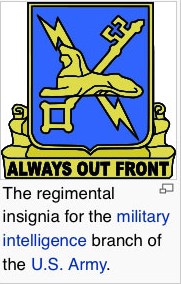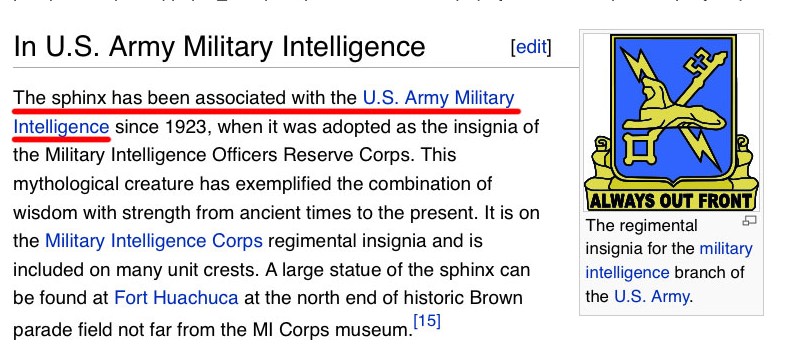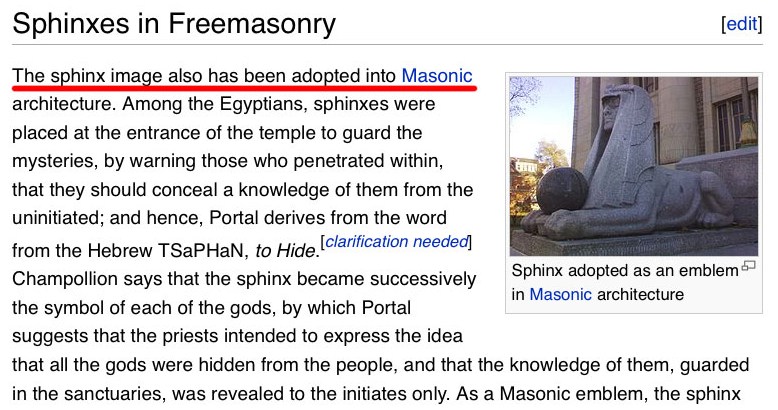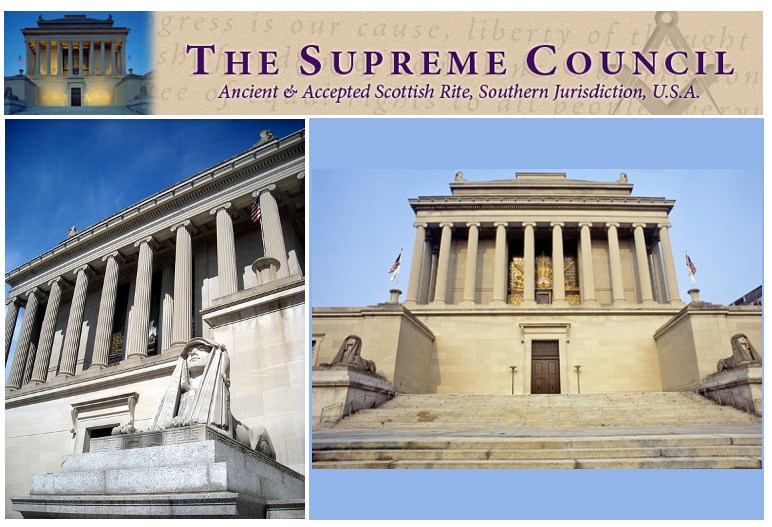
[2007] Demonic Greek Idol Set Up At OU Campus By Michael Phillip Wright
Sphinx
[2009] What was the Sphinx? (Anubis) By ROBERT TEMPLE
[2007] Demonic Greek Idol Set Up At OU Campus By Michael Phillip Wright
In ancient Egypt, the Sphinx is a male statue of a lion with the head of a human, sometimes with wings. Most sphinxes however represent a king in his appearance as the sun god. The name "sphinx" was applied to the portraits of kings by the Greeks who visited Egypt in later centuries, because of the similarity of these statues to their Sphinx. The best known specimen is the Great Sphinx of Gizeh (on the western bank of the Nile) which is not a sphinx at all but the representation of the head of king Khaf-Ra (Chephren) on the body of a crouching body. It was supposedly built in the 4th dynasty (2723-2563 BCE), although others claim it dates back to the 7th-5th millennium. 
[2007] Demonic Greek Idol Set Up At OU Campus
By Michael Phillip Wright


http://www.jeffpolachek.com/masonic-architecture/63-masonic-architecture/243-freemasonry-101

http://www.jeffpolachek.com/masonic-architecture/63-masonic-architecture/243-freemasonry-101

http://www.jeffpolachek.com/masonic-architecture/63-masonic-architecture/243-freemasonry-101